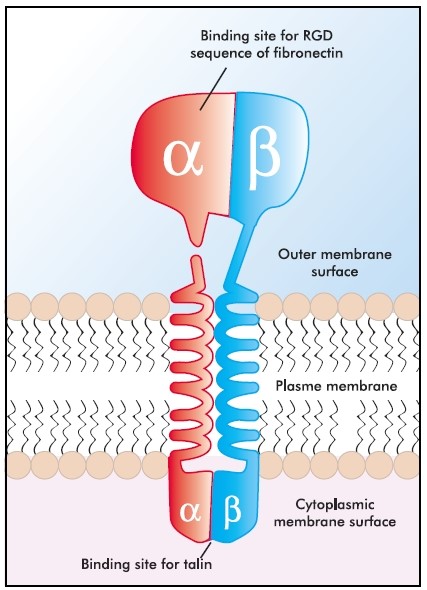Based on the comprehensive protein engineering platform established through years of experiences, scientists form Creative Biostructure provides custom Mempro™ integrin production services using virus-like particles.
Virus-like particles (VLPs) can simulate the native virus, but are non-infectious owing to they do not have any viral genetic materials. VLPs are self-assembling multiprotein structures, which are commonly used in vaccine development. VLPs derived from the Hepatitis B virus (HBV) and composed of the small HBV derived surface antigen (HBsAg). Recently, virus-like particles carrying conformationally-complex membrane proteins (termed lipoparticles) have been applied for transmembrane protein production. Lipoparticles can incorporate a wide range of transmembrane proteins, such as G-protein coupled receptors (GPCRs) and ion channels.
Lipoparticles can be applied for a wide range of applications, including:
- Antibody screening;
- Phage and yeast display;
- Immunogens/vaccines production;
- Ligand binding assays;
- Nucleic acids and small molecules delivery.
- Other potential applications
Integrins are a superfamily of cell cell adhesion receptors that can bind to cell surface ligands, extracellular matrix (ECM) ligands and soluble ligands. Thus, integrins are also called transmembrane receptors. Integrins play an important role in the lower affinity attachment between cells and extracellular matrix (ECM) or various ligands on other cell surfaces. Intergrins are noncovalent-linkage transmembrane αβ heterodimers, containing more than 18 α and 8 β subunit types in human capable of forming 24 different heterodimers.

Figure 1. Alpha and beta subunits of integrins (AMD Book).
Creative Biostructure can ffer integrins in the stable, highly purified and native-conformation state. Lipoparticles can be produced from bacterial cells, yeast cells, insect cells, plant cells and mammalian cells for integrin production. Escherichia coli (E. coli) strains, insect cells and mammalian cells are the most widely employed for VLP production. For instance, we can obtain lipoparticles from mammalian cells by co-expressing the retroviral structural core polyprotein, Gag, along with a desired membrane protein. Gag core proteins self-assemble at the plasma membrane, where they bud off and capture membrane proteins of interest. Since the integrins within lipoparticles are derived directly from the cell membrane without mechanical disruption or detergents, the native structure and orientation of integrins are retained.
Creative Biostructure can provide other various Mempro™ membrane protein production services. Please feel free to contact us for a detailed quote.
References:
A. Roldão, et al. (2010). Virus-like particles in vaccine development. Expert Rev. Vaccines, 9(10): 1149-1176.
A. van der Flier and A. Sonnenberg (2001). Function and interactions of integrins. Cell Tissue Res., 305(3): 285-298.
C. Brakebusch and R. Fässler. (2003). The integrin-actin connection, an eternal love affair. EMBO J., 22(10):2324-2333.
S. Willis, et al. (2008). Virus-like particles as quantitative probes of membrane protein interactions. Biochemistry, 47(27): 6988-6890.